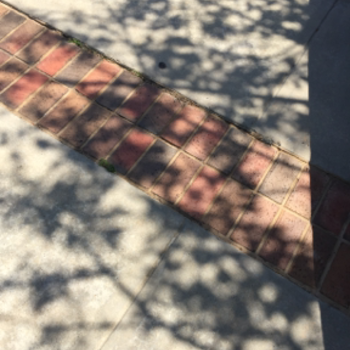How does torque affect angular momentum?
1 Answer
A torque causes angular momentum to decrease, increase or change direction.
Explanation:
That is because of causality find in the torque equation:
The left side of the equation says that there is a torque exerting on an object. The right says that the object reacts to the torque imposing on it by changing its angular momentum over time. The causality equation says that if you apply a (unbalanced) torque, the object must change its angular momentum, resulting in angular acceleration.
The are three ways to change the angular momentum
A)
The torque is applied in the same direction as the initial angular momentum, causing the magnitude of the angular momentum to increase without changing its direction.
B)
The torque is applied in the opposite direction to the initial angular momentum, causing the magnitude of the angular momentum to decrease without changing its direction (unless the decrease can flip its direction).
C) Change of Direction:
The torque is applied at a direction different from the original angular momentum

